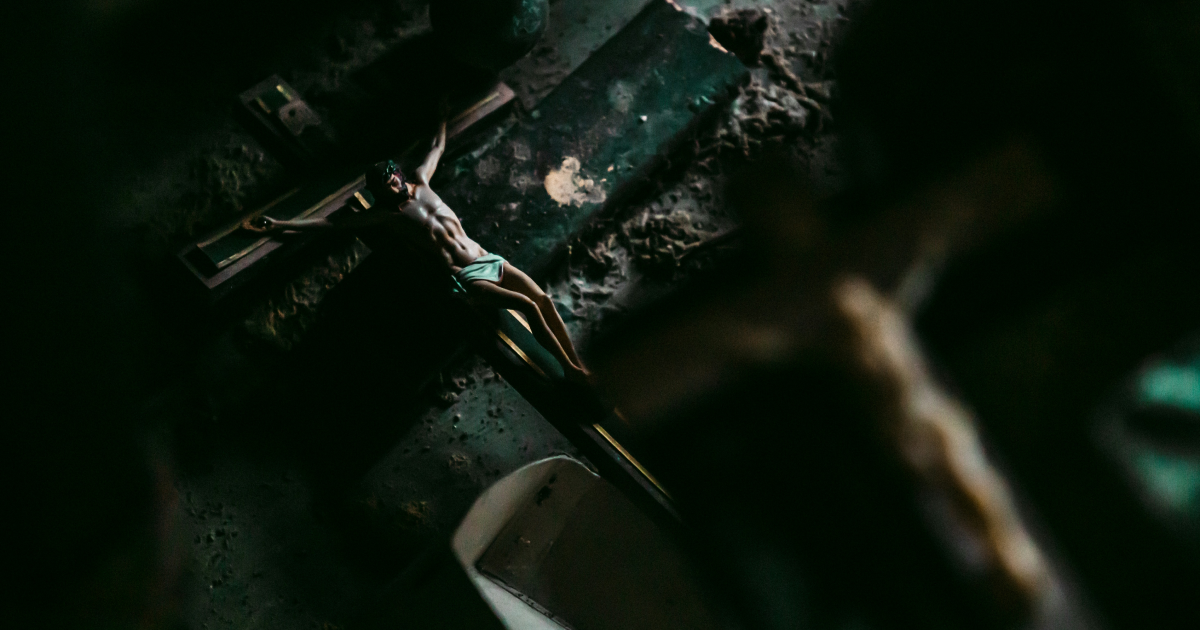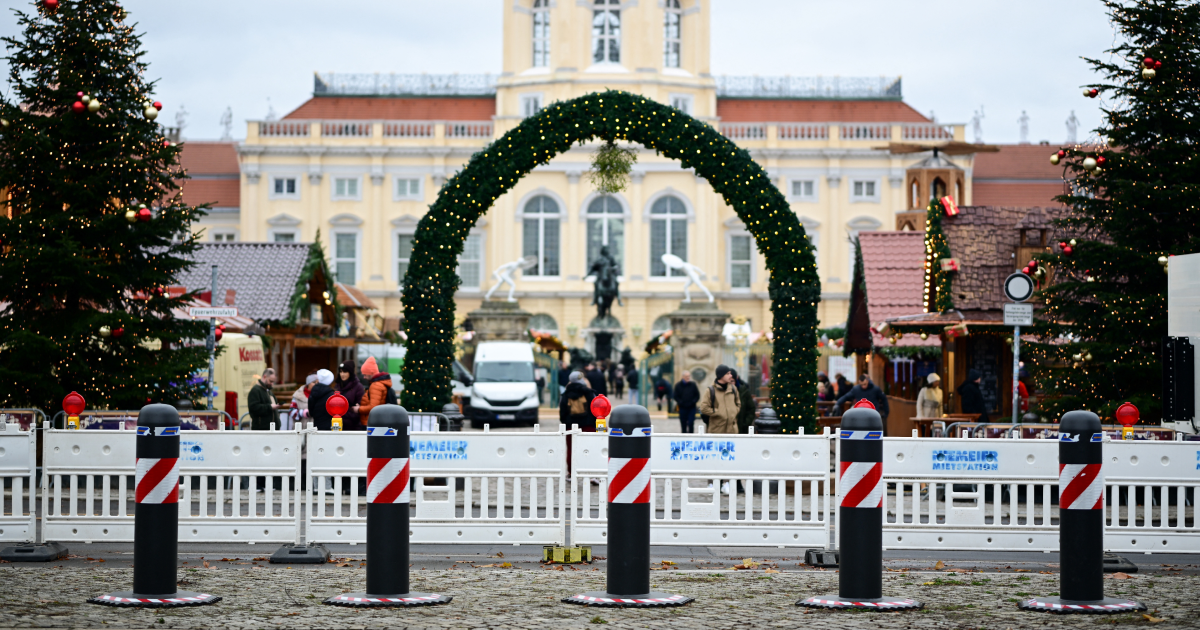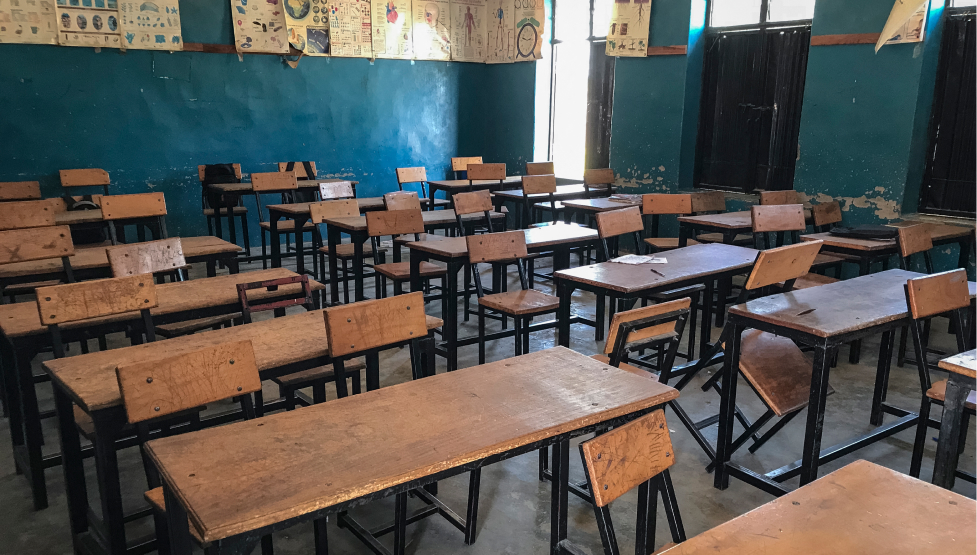The Society of Saint Pius X (SSPX) has removed furniture from a dilapidated church in Vaucluse, southeastern France. The group, made up of a priest and around a dozen SSPX faithful, is said to have been given authority by the municipality. However, the diocese was not consulted.
According to local reports, members of the local branch of the SSPX took holy water fonts, the main altar, several pews, and statues from the church, which has been closed since 2018. The group sought permission from the town hall, but the Diocese of Nîmes was not consulted or contacted regarding the matter.
The fallout from the incident has led the local prosecutor's office to announce, on Wednesday 9 July, that it has opened an investigation for theft, damage, and breach of trust.
The SSPX Priory of Saint Bénezet, which oversees the Society’s priests and faithful in the local area, has defended the controversial actions. The prior, Abbé Benoît Laurent, argued that the actions were carried out at the request of local authorities.
Churches in France are governed by a unique law which means that most—around 90 per cent—are the property of the state.
Churches built before 1905 (roughly 90 per cent of Catholic churches) are owned by the local municipality, which is responsible for their upkeep. The Catholic Church has the exclusive right to use them for religious purposes, but it does not own them.
Churches built after 1905 are owned privately by the diocese. This is due to the 1905 Law on the Separation of Churches and State, which entrenched the principle of la laïcité in France and ensured a strict separation between Church and State. While the law enforced secularisation in many areas—for example, by prohibiting religious education in state-run schools—it also gave a significant advantage to the Church, as the government became responsible for maintaining thousands of churches.
The Society of Saint Pius X was founded by Archbishop Marcel Lefebvre in 1970, the year after the promulgation of the Novus Ordo Missae by Pope Paul VI, in order to form traditionalist Catholic priests and preserve the Tridentine (pre-Vatican II) Latin Mass, Catholic doctrine, and liturgy.
In 1988, Archbishop Lefebvre consecrated four bishops without papal mandate, which led to the automatic excommunication of Lefebvre and the four bishops. In 2009, Pope Benedict XVI lifted the excommunications of the four bishops (two of whom have since died; Lefebvre died in 1991), though the canonical situation remains irregular, with the Society’s priests and faithful not in full communion with the Catholic Church.
Related: The SSPX's bishop problem
Today, the Society has six seminaries and over 600 chapels, priories, and schools in more than 70 countries. Since its founding, the heartland of the Society has been France, with Lefebvre himself being French and belonging to a strong monarchist and anti-revolutionary strain of French thought. Across the country, the Society operates 46 priories, 185 chapels, and 63 schools serving the French SSPX faithful.




.jpg)




.png)






